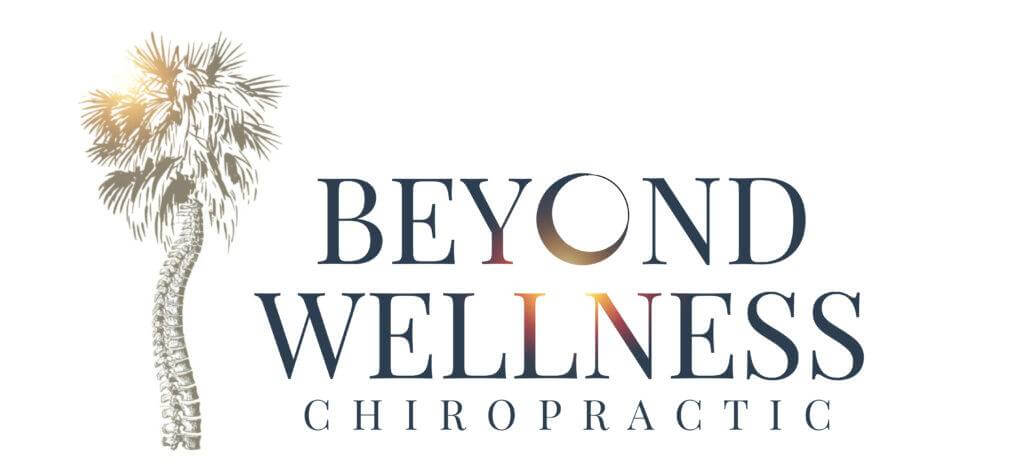Is Chiropractic Dangerous?
The mission of chiropractic is to help sick people get well, as well as to help healthy people function better in the absence of drugs or surgery.
When people are asked, “…what do chiropractors do?” the frequent response is, “…they crack your neck and/or back.”
 Chiropractic spinal manipulation (frequently called an adjustment), often produces an audible popping or cracking noise. This sound is known as joint cavitation and it is reported to be caused by the release of pressure created by gases (nitrogen, oxygen, and carbon dioxide) within the joint. It is the same noise produced when one cracks their knuckles. One common myth is that chiropractic is dangerous because of cracking or cavitating a joint will produce arthritis in the joint – this is simply not true. Several scientific studies of joint cavitation dispel this old wives tale. In fact, studies demonstrated that joint manipulation actually benefits patients with arthritis of the spine.
Chiropractic spinal manipulation (frequently called an adjustment), often produces an audible popping or cracking noise. This sound is known as joint cavitation and it is reported to be caused by the release of pressure created by gases (nitrogen, oxygen, and carbon dioxide) within the joint. It is the same noise produced when one cracks their knuckles. One common myth is that chiropractic is dangerous because of cracking or cavitating a joint will produce arthritis in the joint – this is simply not true. Several scientific studies of joint cavitation dispel this old wives tale. In fact, studies demonstrated that joint manipulation actually benefits patients with arthritis of the spine.
There have been a number of studies published on the topic of unwanted reactions to spinal manipulation. In general, side effects, if any, are mild and transient. When they do occur, they typically happen shortly after the first or second session of spinal manipulation. This is similar to the post-exercise soreness that occurs when first introducing a new sport or activity. Unpleasant side effects may occur in between 10% and 30% of patients. They occur more often in women than men, and as previously stated, they seem to occur more often after the first session of spinal manipulation.
The most commonly reported unpleasant reaction is temporary and transient increased pain or stiffness. This reaction usually resolves in 24 hours or less. More rare reports of tiredness, light headedness, and occasional nausea have been infrequently reported. The type and nature of these reactions may be associated with the severity and nature of the condition being treated. It seems self evident that more severe problems have the potential to produce short term increases in symptoms. The use of ice, ultrasound and or other modalities can help to minimize any irritation that may occur due to spinal manipulative treatment.
SPINAL MANIPULATION HAS BEEN FOUND TO BE SAFE AND EFFECTIVE FOR UNCOMPLICATED SPINAL PAIN SYNDROMES. MORE IMPORTANTLY, IT MAY ALSO BE A VIABLE ALTERNATIVE TO SURGERY FOR LUMBAR OR CERVICAL DISK HERNIATIONS.
There are many reports on both sides of this subject, with some stating spinal manipulation can increase compression of the spinal nerves in patients with disk herniations as well as the opposite – that it reduces nerve root pressure. The good news is that the rate of occurrence is only about 1 in 1- 3 million cases, making spinal manipulation for disk problems an extremely safe treatment option for patient with herniated disks.
 Chiropractors will often use low-force manipulation methods for treating herniated disks that do not require a standard type of manipulation thrust. These spinal methods are sometimes preferred over traditional manipulative techniques for the treatment of herniated spinal disks, but this is case dependent. To make an educated decision about any type of care you may be considering, you must consider “relative risks”. Simply put, relative risks compare the risk of one procedure with the risk of a second procedure for the same condition.
Chiropractors will often use low-force manipulation methods for treating herniated disks that do not require a standard type of manipulation thrust. These spinal methods are sometimes preferred over traditional manipulative techniques for the treatment of herniated spinal disks, but this is case dependent. To make an educated decision about any type of care you may be considering, you must consider “relative risks”. Simply put, relative risks compare the risk of one procedure with the risk of a second procedure for the same condition.
For example, if you are taking medications to relieve your pain, how do the risks of the medications compare with the risks of an alternative treatment, like chiropractic care? When people think that chiropractic is dangerous, they don’t take into account, the dangers of the alternatives to chiropractic adjustments. An example is chiropractic treatment versus drugs known as non-steroidal anti-inflammatory drugs (NSAIDs), which include aspirin, Aleve and Advil (TM).
THE RISK FOR SERIOUS SIDE EFFECTS FROM ANTI-INFLAMMATORY DRUG IS FROM 6000-9000 TIMES GREATER THAN THE RISK FOR SERIOUS SIDE EFFECTS FROM SPINAL MANIPULATION. MEANING THAT CHIROPRACTIC CARE IS A MUCH SAFER ALTERNATIVE THAN ASPIRIN OR OTHER NSAID DRUGS FOR TREATING INFLAMMATORY BACK OR NECK PAIN.
Further, there is no significant increased risk to add chiropractic care to an existing regime of NSAIDs, thus treating the condition with two different strategies. Interestingly, studies have reported that patients receiving chiropractic care were able to reduce their intake of drugs. Thus, reducing the risks of drug reactions/interactions. If you are trying to avoid surgery for a spine related problem, your condition is more serious and potential side effects of surgery should be compared with chiropractic.
You should understand any patient who is a potential candidate for spine surgery has a serious medical condition. There is pressure on a nerve and the potential for permanent damage to that nerve exists. Studies show that chiropractic care often can reduce the pressure on a compressed nerve in the lower back or neck, without surgery.

